Chemistry and Chemists № 3 2025
Journal of Chemists-Enthusiasts
| Content | Chemistry experiments - video | Physics experiments - video | Home Page - Chemistry and Chemists |
|
Chemistry and Chemists № 3 2025 Journal of Chemists-Enthusiasts |
Reaction of Sodium Carbonate with Sodium Chloride Chemist |
|
Having noticed a mistake in the text, allocate it and press Ctrl-Enter
A reader might object: "Sodium chloride does not react with sodium carbonate." This statement is correct for chemically pure substances. However, the substances used by chemists are not always chemically pure. For many syntheses, exceptional purity of starting materials and auxiliary substances is unnecessary. Even when high purity is preferred, less pure substances are often deliberately used because they are more readily available and less expensive.
For example, during one synthesis, I needed to wash the liquid product to remove residual acid. To do this, I added a sodium carbonate solution, shook the mixture, and waited for the liquids to separate into two layers. However, I soon discovered that the sodium carbonate solution had too low a density. Its density was almost the same as that of the synthesized substance, so the liquids separated poorly. Instead of forming two distinct layers, they produced large droplets that floated in the heterogeneous mixture. To increase the solution's density, I could have raised the sodium carbonate concentration. But doing so might have caused the product to decompose. Therefore, I prepared a sodium chloride solution and added sodium carbonate solution to it. This new solution had a higher density and was suitable for washing the product. When I mixed the sodium chloride and sodium carbonate solutions, however, the liquid became white and turbid. A clear solution turned into a dilute suspension. I immediately realized the reason: the sodium carbonate was chemically pure, but the sodium chloride was food-grade table salt. Substances used in food preparation are rarely chemically pure. They must not contain impurities harmful to health or that spoil the taste, color, odor, or appearance of food. But if an impurity is harmless and does not affect food quality, it is considered acceptable. Table salt, for instance, may contain small amounts of calcium and magnesium. Such impurities are unacceptable in chemically pure sodium chloride because they would seriously distort experimental results. In table salt, however, moderate levels of calcium and magnesium are not a problem. For my synthesis, the small amount of solid phase in the washing solution was not a hindrance. But the very appearance of the precipitate intrigued me. Since I did not have time to take photos or videos during the synthesis, I decided to reproduce the reaction afterward. The chemical explanation is straightforward: calcium and magnesium cations form insoluble carbonates when they react with the carbonate anion. Ca2+ + CO32- = CaCO3 Mg2+ + CO32- = MgCO3 [xMg(OH)2·yMgCO3] I prepared a saturated solution of table salt and added the same 3% sodium carbonate solution I had used previously. To my surprise, the mixture remained clear and colorless. This was because I had used table salt from a different batch than the one used during the synthesis, and it contained lower amounts of calcium and magnesium. To confirm my hypothesis, I poured 100 mL of the sodium chloride solution into another beaker, added a drop of 15% calcium chloride solution, and stirred. Then I added about 20 mL of the 3% sodium carbonate solution. Upon stirring, the solution immediately turned turbid. The next day, I bought the exact same salt I had used during the synthesis. I prepared a saturated solution, poured 100 mL into a beaker, added 20 mL of the sodium carbonate solution, and… nothing happened. I stirred the mixture, and only a slight cloudiness appeared. I stopped recording and went to get a laser pointer to pass a beam through the solution. When I returned, I discovered that the solution had turned white and cloudy. I repeated the experiment to capture a complete video. I poured 100 mL of the saturated salt solution into a beaker and increased the volume of the 3% sodium carbonate solution to 35 mL. This time, a white cloudiness appeared almost immediately, without any need for stirring. When I shone the laser beam through the suspension, a distinct Tyndall cone became visible. Over time, a white precipitate settled at the bottom of the beaker. |
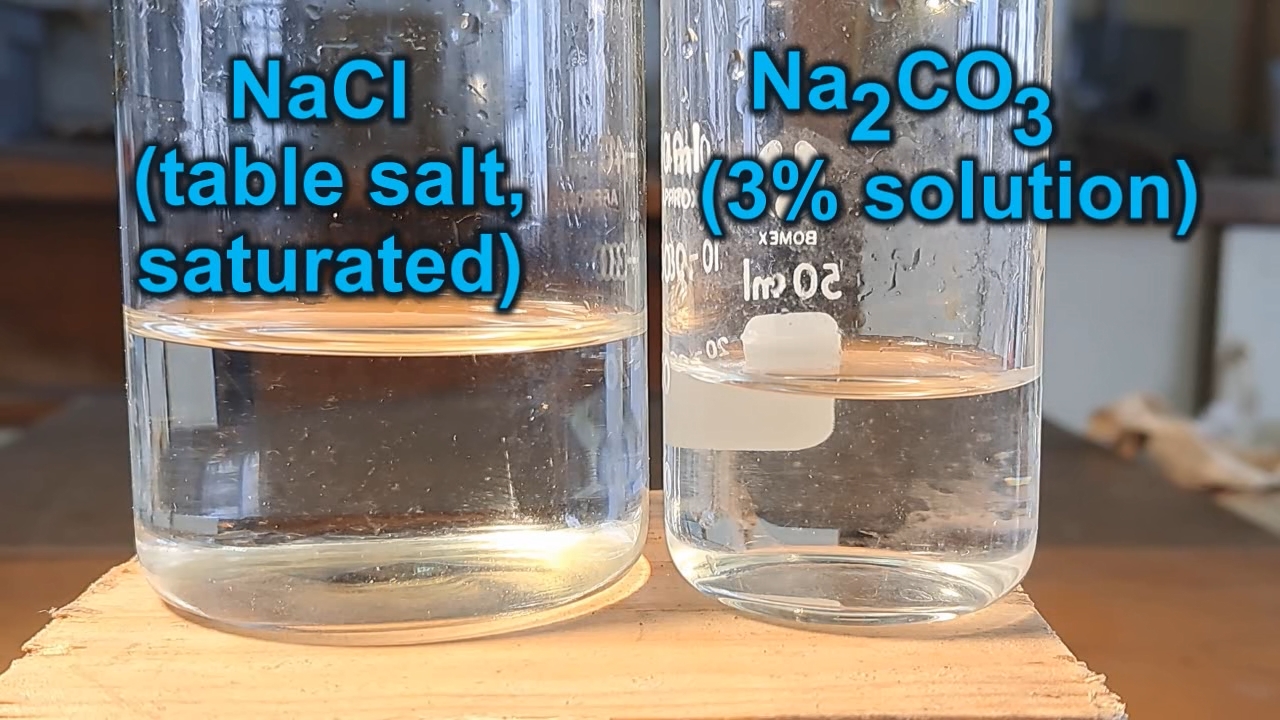
Reaction of Sodium Carbonate with Sodium Chloride |
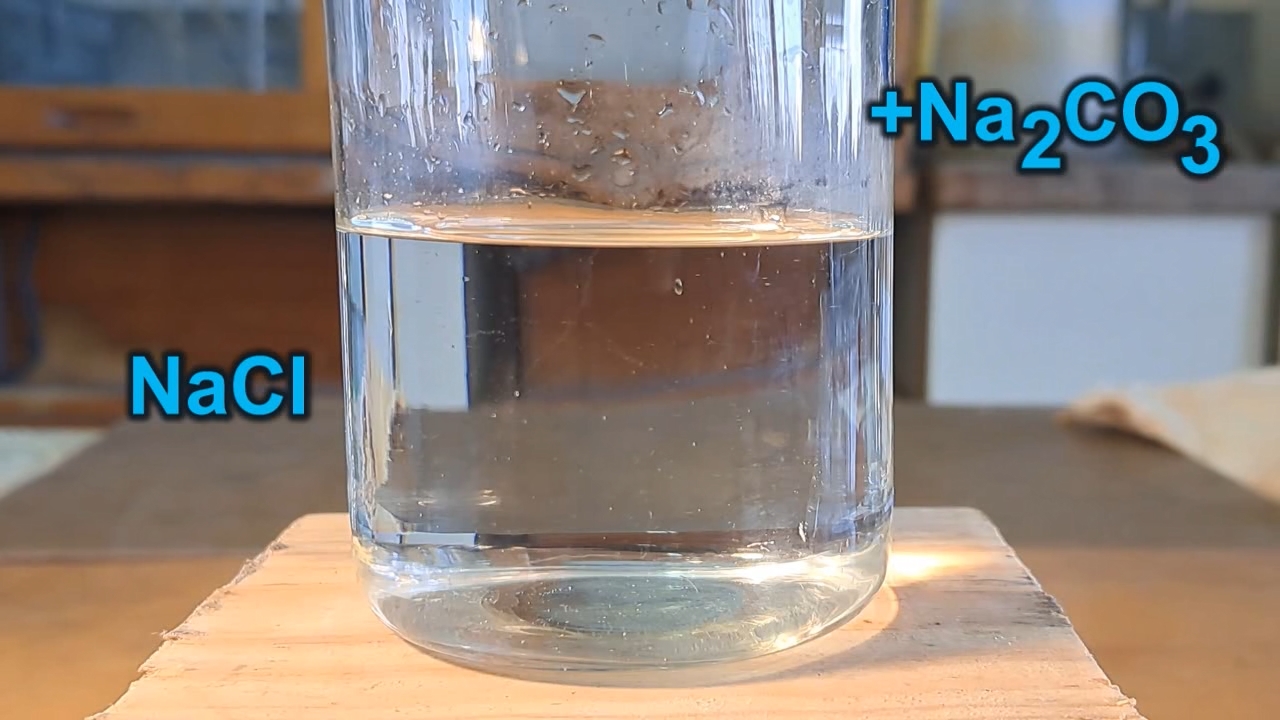
|
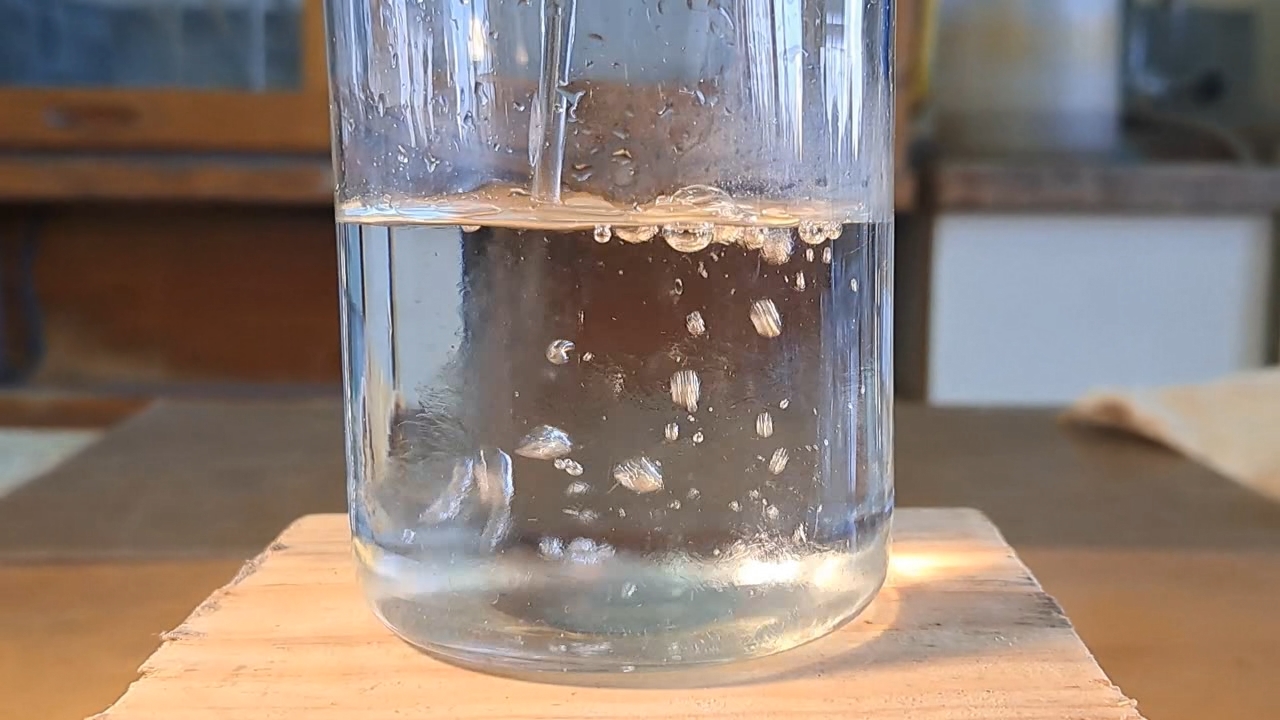
|
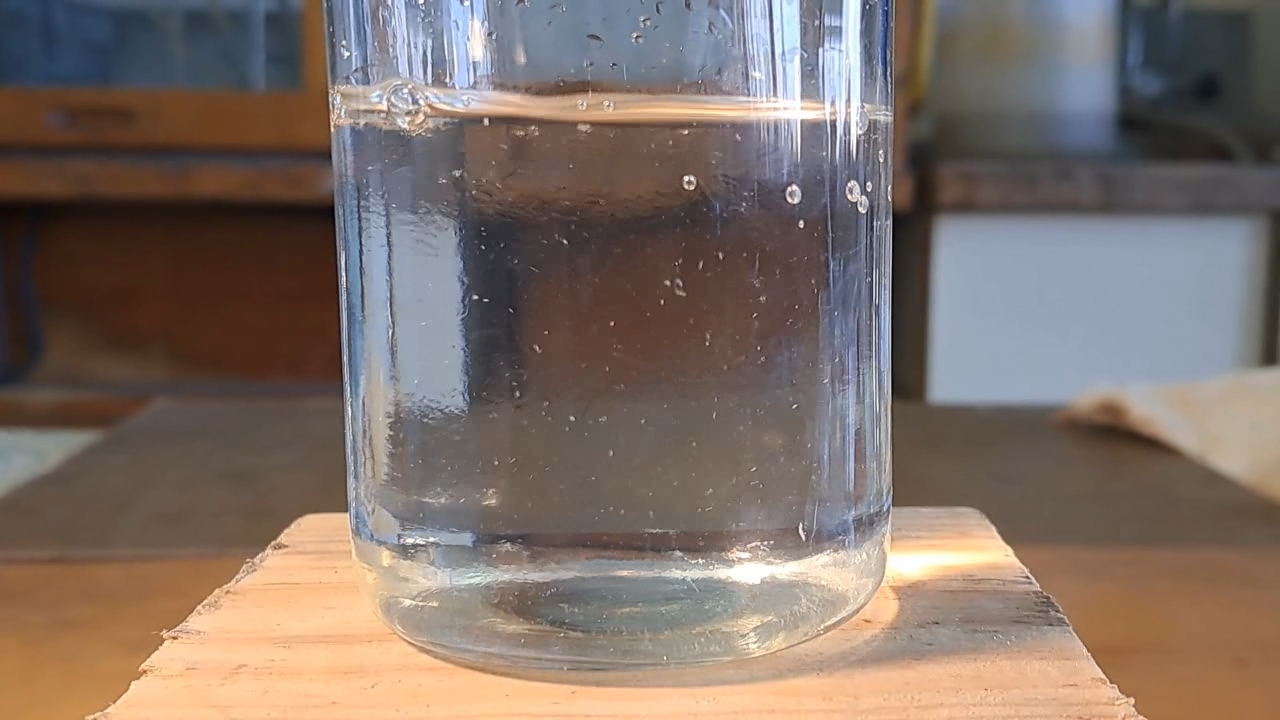
|
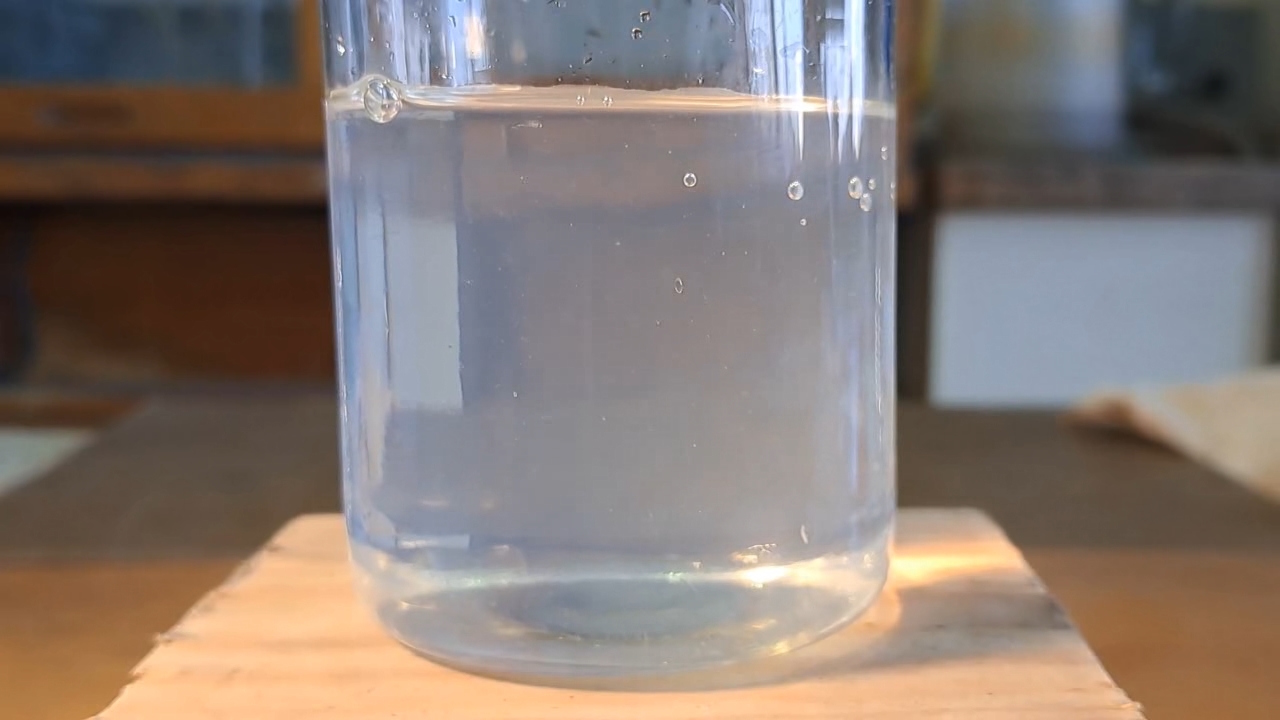
|
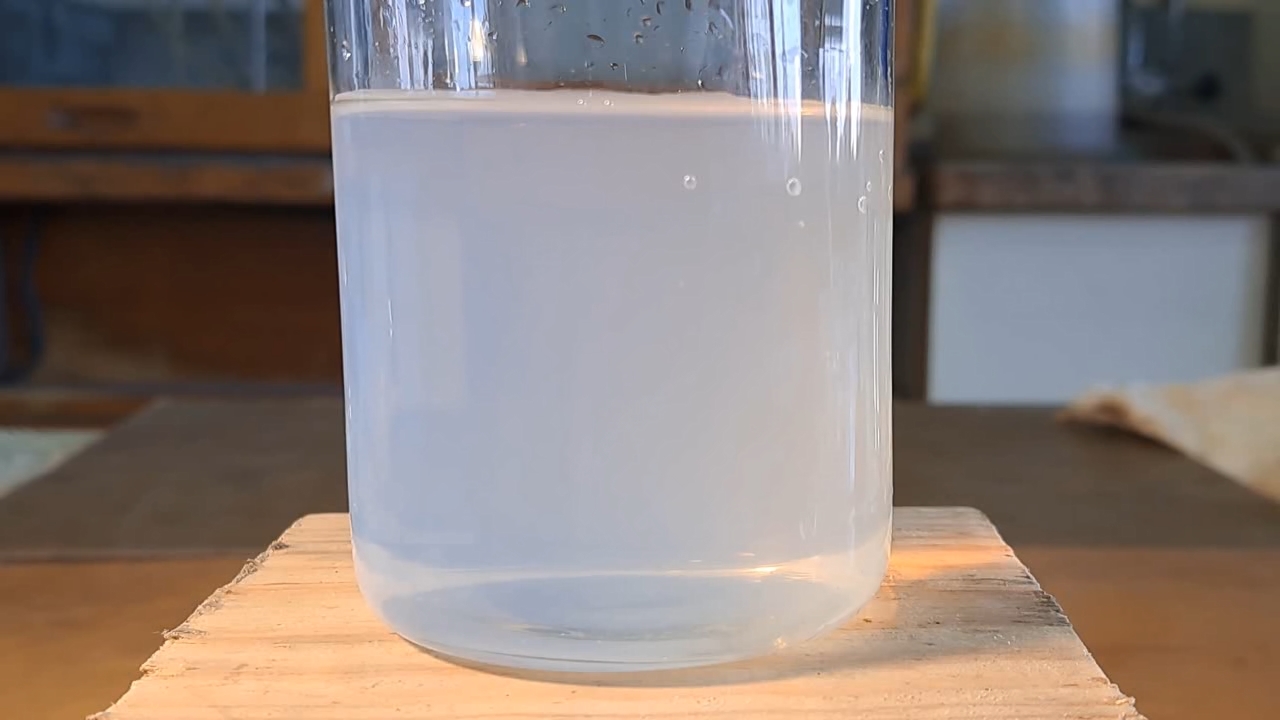
|
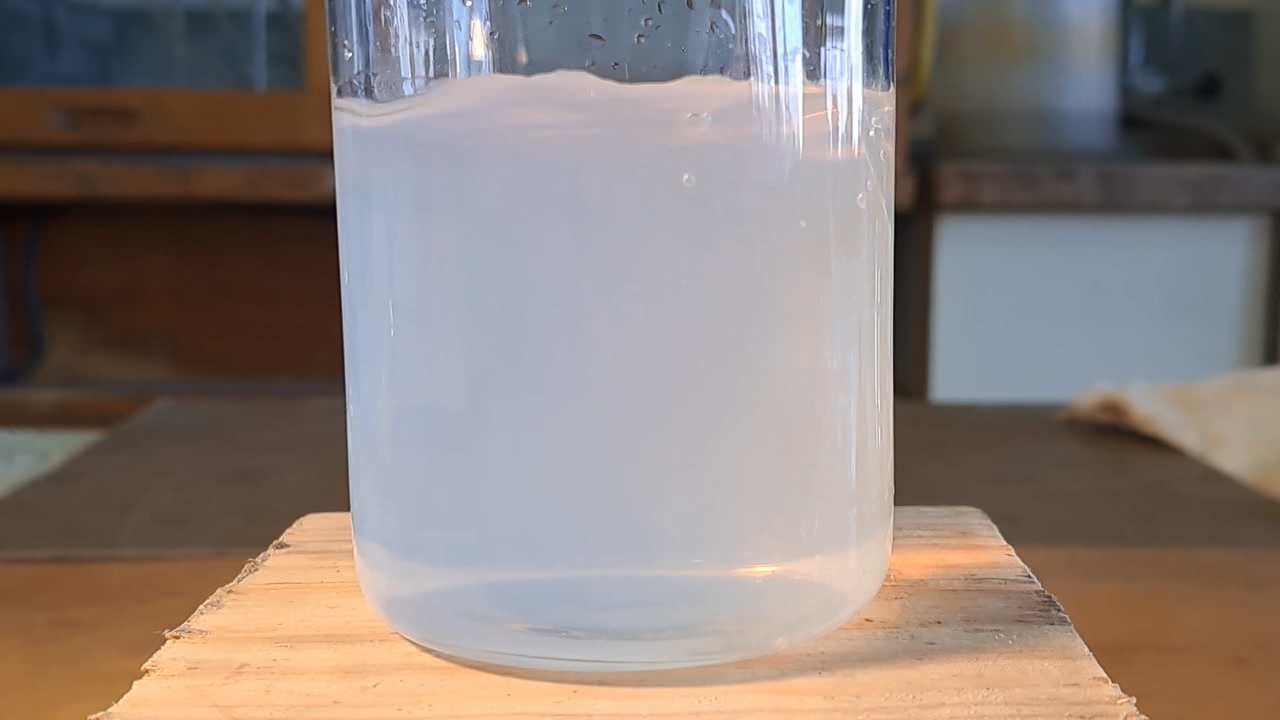
|
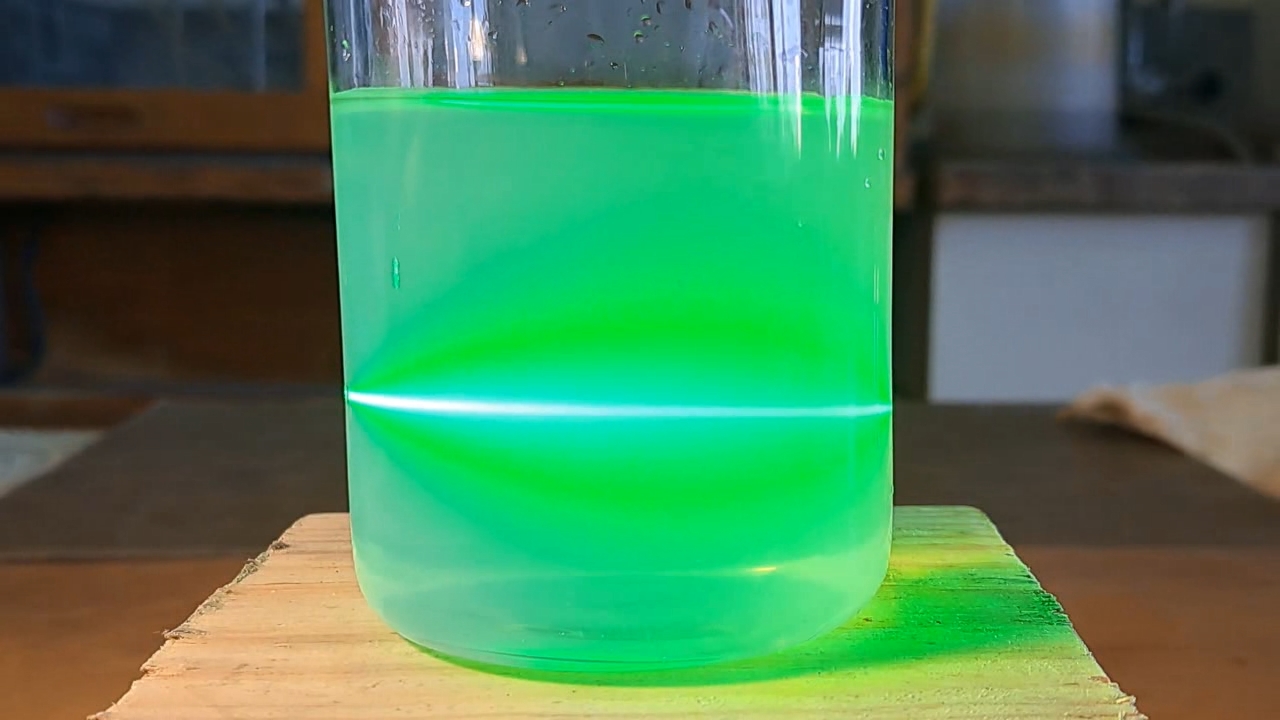
|
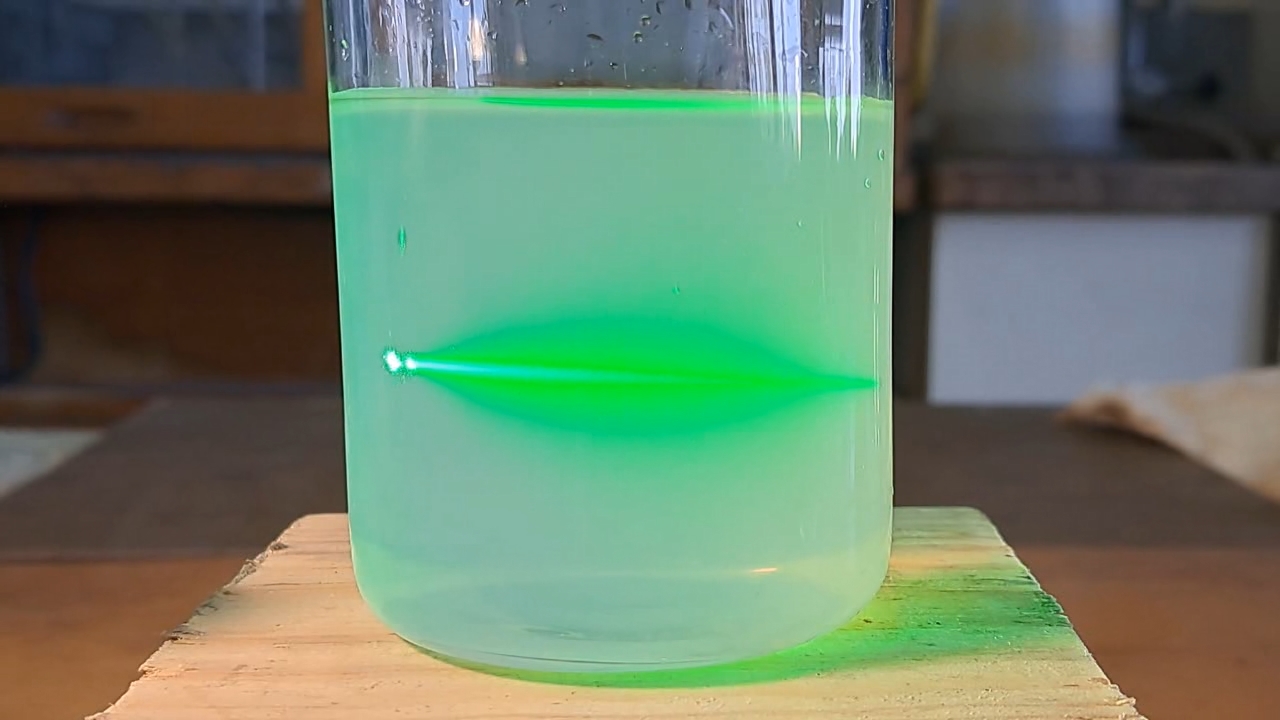
|
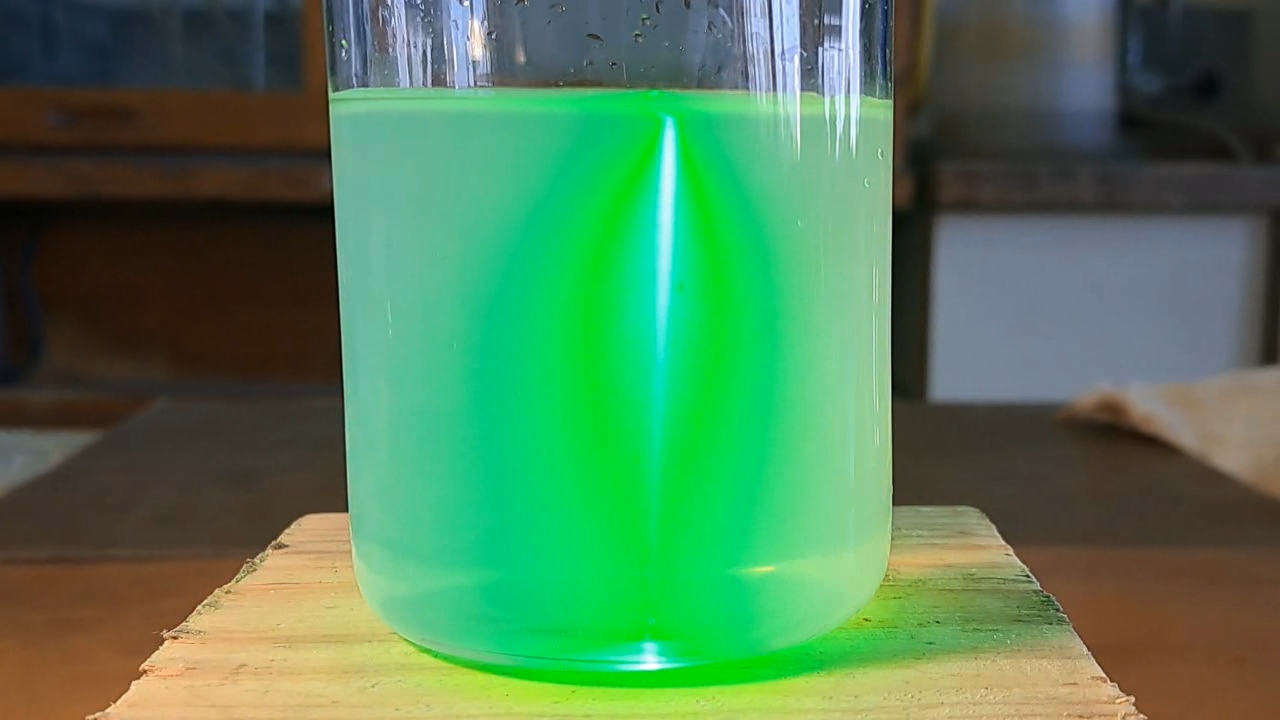
|
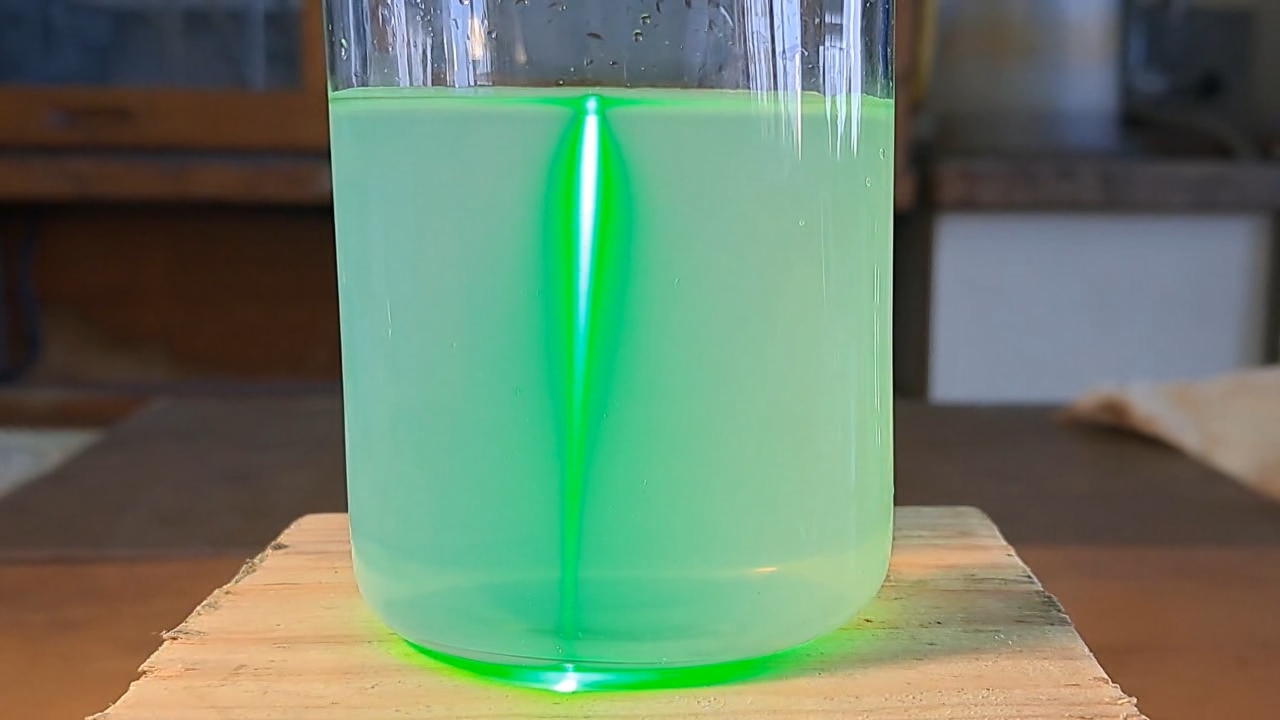
|